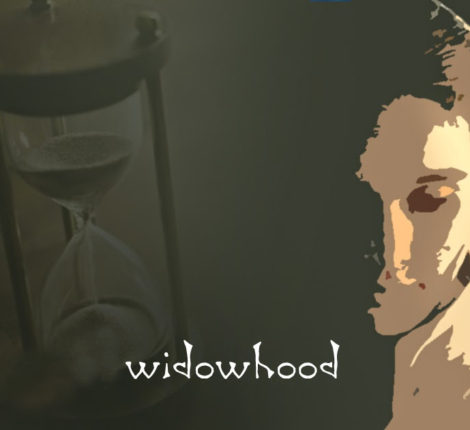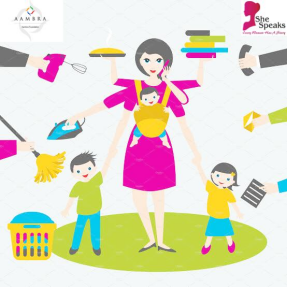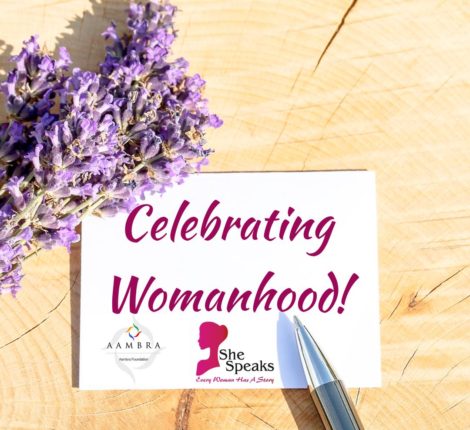Virtual Harassment: A lurking shadow behind Networked Feminism
The first wave of feminism is believed to have begun in the nineteenth and early twentieth century, which advocated the need for basic political rights of women, like the right to vote. The society back then was largely patriarchal, with men dominating every aspect of society, from politics to business, pushing women to domestic boundaries of the house. Women were not only deprived of rights for being considered inferior to men but were also seen as men’s property. It is imperative to ask here but have we really come a long way since those times of discrimination and injustice against women? Or are women still subjugated, with only the mediums having changed?
The twenty-first century is considered the digital age, and rightfully so, with the mass popularization of internet and virtual technologies. The internet has connected the world and made it a ‘Global Village’. Through virtual platforms, news now travels at the speed of light and reaches millions of people at just one click. What is interesting to highlight though, is that along with the rest of the world, even feminism and activism has come online. These virtual platforms have made it possible for people to raise their voices in solidarity against injustice, educate public, and garner support, which was done in real time until a few years ago. Digital activism enables mobilization of a large number of people, irrespective of borders and backgrounds, from around the world, simultaneously and instantly. While few could participate in academic discourses in offline feminism and activism, digital tools have led to global feminist movements, and what is believed to be a “democratization of the feminist movement”.
The use of online platforms to organize feminists and supporters to call out systemic oppression, injustice, and discrimination is called ‘Networked Feminism’. “Networked feminism is not spearheaded by one singular women’s group. Rather, it is the manifestation of feminists’ ability to leverage the internet to make traditionally unrepresented voices and viewpoints heard”, reads the Wikipedia article on Networked Feminism. Feminist movements are classified in waves, and it is considered there have been three main waves of feminism. However, with the advent of digitalization, digital feminism is being referred to as the fourth wave of feminism. This fourth wave is believed to have begun in 2012 when British feminist writer Laura Bates launched an online initiative, ‘Everyday Sexism Project’. At the same time in India, this wave gained momentum with the gruesome 2012 ‘Nirbhaya’ rape case, which raged protests offline, and online with the hashtag trend #Delhibraveheart. The year 2017 saw significant digital feminist movements like #WhyLoiter, #LahuKaLagaan, and the #MeToo movement by the American activist Tarana Burke which got picked up in India in 2018.
While the modes of feminism and activism have changed, leading to strengthening of these movements and, if we may say so, being fruitful in bringing about revolutionary outcomes, it also has a flip side. It has just given another platform to perpetrators to suppress the voices of women, who are often on the forefront of feminist movements. Therefore, along with feminist movements, even harassment and violence against women has come online. The age group of 18 to 30 years of women, using online platforms, is most likely to experience online harassment and more than half of the reported cases are not investigated, according to an article by Global Fund for Women. Jac sm Kee of the Association for Progressive Communications as quoted in the same article says, “Online violence against women is an overt expression of the gender discrimination and inequality that exists offline. Online, it becomes amplified”.
Just like there is digital feminism now, there is also digital misogyny, which is manifested in the form of hate speech, online and physical stalking, online harassment, physical threats, blackmail, cyber sexual harassment, abusive language, rape threats, and more. Women across the online platform are subjected to this but especially women, feminists, and activists who raise their voice against injustice and “dare” to dissent. Cybersexism or cybermisogyny are rooted in patriarchal systems and used as attempts to stifle women’s voices. Such forms of abuse are continually inflicted on women, online and offline, to warn and remind them that overstepping the patriarchal systems will not be tolerated and punishment will incur.
With the increasing assimilation of internet use in our lives, online sexism and harassment has also become commonplace with so many women being on the receiving end of this on a daily basis. It is sad to think that every woman at some point in her life has received an unsolicited obscene message, picture or threat online. Online violence is not considered real violence because everything is behind screens and it does not directly manifest in real life. It also becomes easier to practice online harassment due to anonymity, fake accounts and VPNs. However, we see numerous cases where activists and women are killed or abused in real life after their extensive engagement online. A renowned journalist and activist, Gauri Lankesh, was shot outside her own house for being openly critical of the right-wing ideologies.
Subtler forms of making women feel inferior are- mansplaining and gaslighting. Mansplaining is explaining something to someone, often a woman, in a condescending manner. Numerous women face this online, where mostly men, with no knowledge on the topic, engage in mansplaining to women, who may even be experts in that field. This goes to show that women, no matter how learned, is considered inferior to a man who may or may not even have the expertise to form and express an opinion. Gaslighting is another widely used tactic to escape accountability by in turn making the accuser question their sanity. And it is interesting to note that mansplaining and gaslighting are most often used when men are being called out on their misogyny or wrongful behavior, and instead of accountability, women are shut down by the age long tactic of declaring them as “hysteric”.
It is high time we recognize that these forms of harassment and abuse, whether online or offline, have a deep psychological impact on women, besides endangering their safety. Women are forced to self-censor, quiet their voices, maybe even leave these online platforms. We need to, as a community and society, call out this prolonged harassment against women and stand in solidarity against it.




